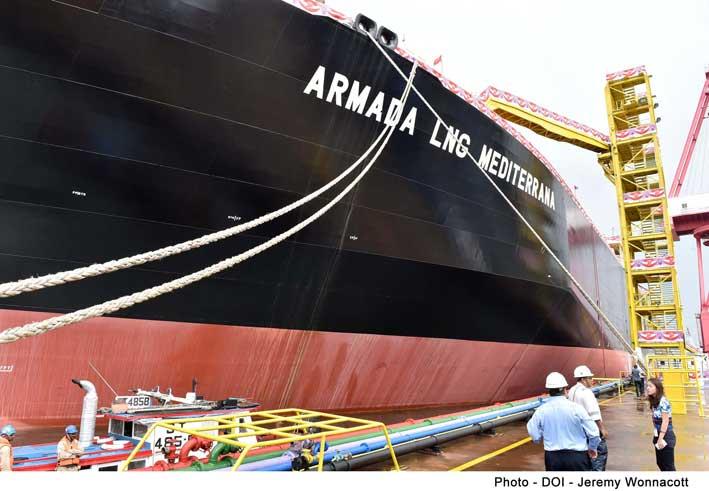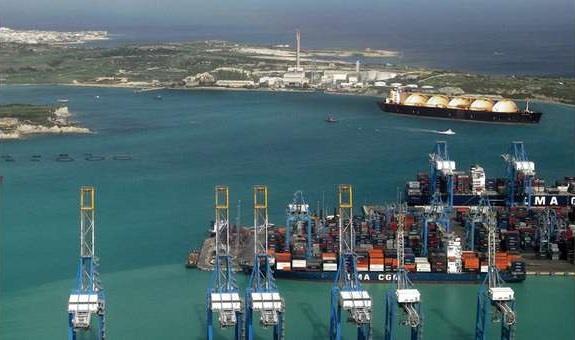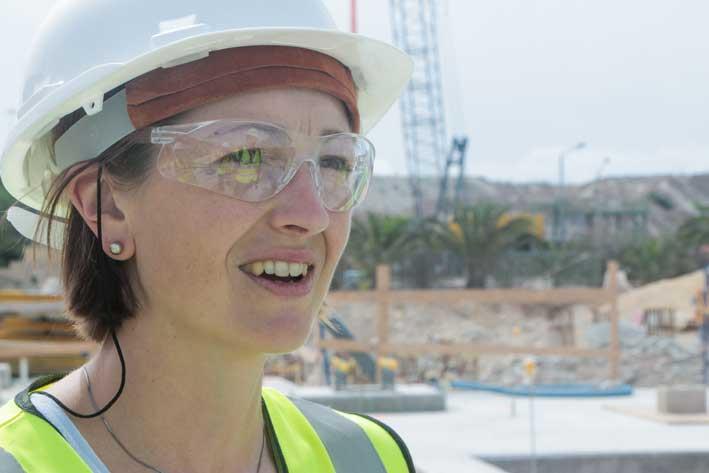Electrogas, the operators of the new Delimara power station, is in the process of installing contingency measures for the LNG tanker, also known as a Floating Storage Unit, for occasions when strong southern and south-easterly winds batter Marsaxlokk Bay, The Malta Independent on Sunday has learnt.
Although the risk assessment studies connected to the new power station’s LNG floating storage unit have been kept under wraps, Electrogas project manager Catherine Halpin was forthcoming in her replies to this newspaper on the issue of contingency plans in the event of storms that are known to lash the bay.
It was recently brought to this newspaper’s attention that problems would inevitably arise when storms hit the bay, in particular from the south and southeast, and that the LNG tanker would have to disengage from the jetty to which it attaches to feed LNG to the power station. In such instances, an alternative electricity supply would have to be used.

The Armada LNG Mediterrana before it left Singapore
Questioned by this newspaper about the subject this week, Ms Halpin explained that Electrogas is, in actual fact, currently in the process of installing what is known as a Spread Mooring System, which is what the FSU resort to as a safety measure during severe southerly and south-easterly storms.
The use of such a system, Ms Halpin said, “will avoid the FSU having to leave the harbour by providing a safe mooring. Ocean Installer, an experienced subsea and marine operations contractor are installing the mooring system over the next two weeks”.
The mooring system, she said, will be connected to the FSU by way of custom-built winches on its deck, which will be held slack when it is not in use.
She added, “This means it is always connected and ready for use, but not impacting navigation to other vessels. When the mooring system needs to be used, the winches shall pull in on the chains and the FSU shall move out a short distance into the bay.

A photomontage of what the tanker will look like in Marsaxlokk harbour
“It will be safe here to ride out the storm, with a full double installation of chains and anchors at every corner of the ship. Then when the sea conditions are reduced it can winch back onto the jetty.”
Ms Halpin said that when there are strong winds from other directions, including the prevailing northwest wind, there is adequate shelter for the FSU and the jetty has been designed for that.
Alternative energy source required for downtime periods
In instances when such downtime is required, another source of energy will be required to provide electricity to the country, but that will be in Enemalta’s hands. Such sources could include either the Chinese-owned BWSC plant or the Malta-Sicily electricity interconnector.
The matter, however, lies beyond Electrogas’ remit, as Ms Halpin explained: “With regard to the alternative energy sources, it is not our place to say what Enemalta would choose to do, however we know they are fully prepared.”

Catherine Halpin
Studies carried out by Electrogas indicate that the storm mooring system will rarely be required for use.
Ms Halpin said that, “During the short periods of time the FSU is away on the spread mooring, LNG will not be sent to shore and other backup energy sources will be used. The presence and use of backup electricity generation systems is quite normal to cover for downtime for maintenance and so on, so this would be considered at design stage.
“There will be no onshore storage of LNG as per our Environmental Impact Assessment recommendations. We have ensured a high redundancy of equipment within our facilities to minimise downtime for maintenance.”